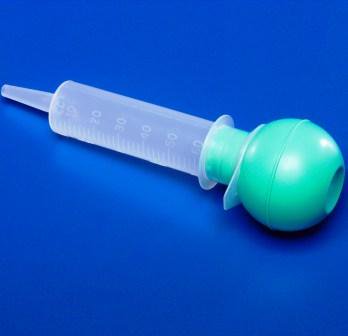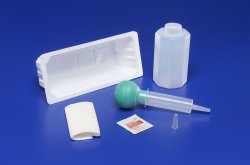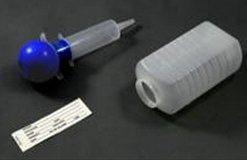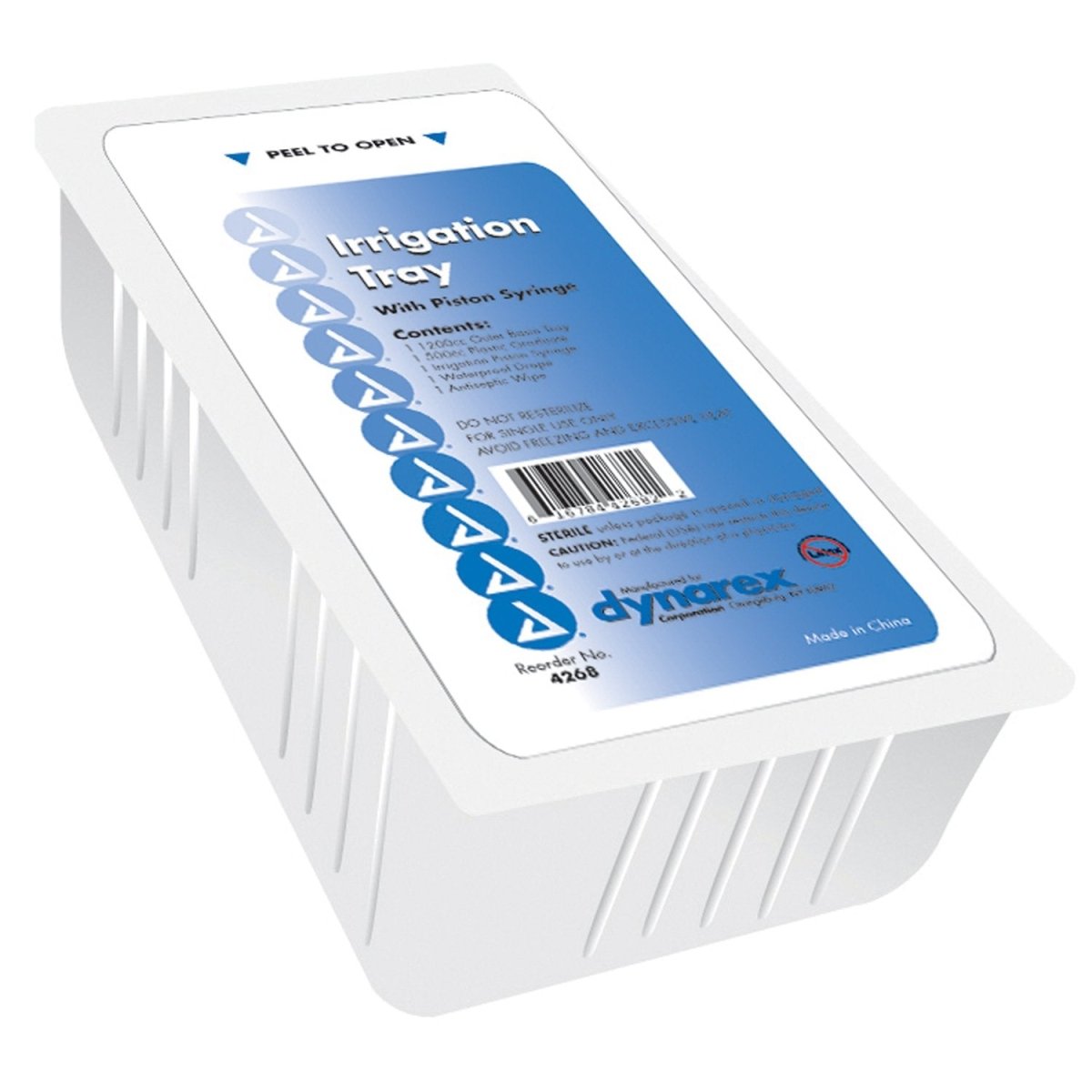Sterility and Convenience in Every Tray
Understanding the importance of sterility in catheterization, each tray is sealed and sterilized, ensuring that it remains free from contaminants until the moment of use. The trays are not just about sterility; they are about convenience.
Every component needed for a safe and effective catheterization process is neatly arranged and ready to use. This includes a catheter, gloves, lubricating jelly, an underpad, and antiseptic wipes, among others. This comprehensive approach not only streamlines the catheterization process but also significantly reduces the risk of urinary tract infections (UTIs).
Frequently Asked Questions about Intermittent Catheter Trays
Do you still have questions about Intermittent Catheter Trays?
If we still haven't answered your question, you can contact us by phone or email and we will get back to you as soon as possible.





